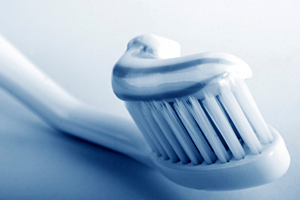Dental caries is another name for tooth decay. The tooth enamel suffers from holes that eventually destroy its structure. The second most common disorder after the common colds, tooth decay usually affects children and young adults. But, really, any person can get tooth decay. Those who do not brush often and who have a lot of fillings on their teeth are most likely to develop tooth decay. Still, senior citizens and children are the ones most susceptible to develop cavities. Among adults cavities mostly occur ay the root. By this time, the root is usually exposed and vulnerable. Root cavities are a consequence of gum disease. Existing fillings have been also known to decay repeatedly. Because of decrease saliva, dry mouth among older people could develop into cavities, since acid and bacteria are stagnant in the mouth and stick around teeth and fillings.
Tooth decay eventually progresses to loss of tooth or teeth. Tooth decay occurs because of frequent retention of food debris in the mouth. Bacteria present in the mouth work on foods, especially those made from carbohydrates or starch and sugar. Bacteria make acids out of the food. Together with food scraps and saliva, bacteria and acids make up a sticky substance inside the mouth called plaque. Plaque usually sticks on the back molars, on all teeth just about the gum lines. The acid from the plaque wipes off calcium in the teeth, which is the 97% composition of tooth enamel. It takes about six to eight years or just six months to melt the outer structure of the tooth enamel. The hole forms only when the enamel breaks entirely.
A tooth that has been destroyed cannot be reproduced. The main goal of the dental treatment would now be to salvage the tooth and prevent complications. Both your wallet and your teeth could avoid too much pain by seeking earlier treatment.
In order to have healthy teeth and prevent having tooth decay, it is very important to brush the teeth at least twice a day. Choose toothpaste that has fluoride. It may be necessary to check with your dentist about the amount of fluoride supplements to use. Also, you can inquire about sealants or plastic protective coating for the teeth. You should use a dental floss to clean between the teeth daily. Also, eating balanced meals that are nutritious helps keep teeth healthy. Eating between meals allow bacteria to produce acid in 20 minutes. After three meals, acid production equals to 60 minutes. Have your dentist apply dental sealants or a plastic protective coating to the surface of the back teeth. Avoid indulgence in foods and drinks with high sugar and acid content. These substances feed the bacteria in your mouth and decrease the production of saliva. Moreover, smoking a pack of cigarettes a day is not good for the teeth. Quitting smoking helps reduces the risk of tooth decay. Most importantly, to keep your teeth healthy and decay free, regularly visit a dentist to examine and clean your teeth.




